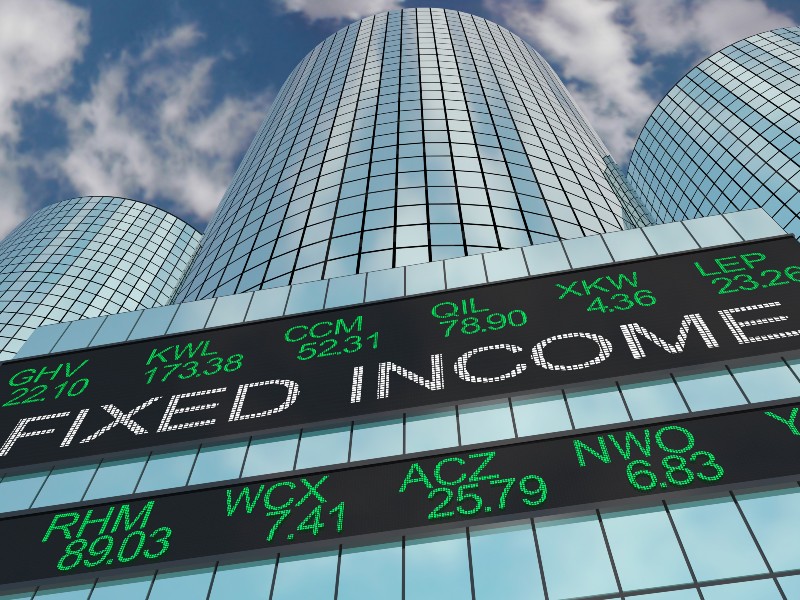
A key theme in Canadian institutional investing has been a prolonged period of low and declining interest rates.
As many institutions maintain a substantial domestic fixed income allocation to meet objectives, total expected portfolio returns have been lower recently compared to much of history. The investment industry developed a potential remedy to this issue, one that has gained more broad adaptation in recent years: Core-plus fixed income.
The ‘core’ in core-plus represents Canadian investment grade debt — by-and-large securities found in the broad Canadian fixed income market represented by the FTSE TMX Canada Universe Bond Index.
The ‘plus’ component, however, is where things get a bit more interesting. This allocation refers to a wide variety of asset classes other than core fixed income. The universe of core-plus fixed income approaches is not uniform and this heterogeneity is why the framing of the discussion around core-plus is so important. Whereas strategy composition (and return dispersion) may not vary wildly among ‘core’ fixed income managers, the risk and return profile of the ‘plus’ portion will often differ significantly from manager to manager.
In accordance with the stark difference between core and core-plus approaches, the investment industry has started to recognize this dichotomy more formally. As an example, Morningstar Inc. split its largest fixed income category, U.S. Intermediate Term Bond, into core and core-plus segments in April 2019. The use of complementary asset classes in a core-plus strategy is typically aimed at increasing the returns and diversification of the fixed income allocation as a whole but these benefits do not come without important considerations for an institution.
First, moving into geographic regions outside Canada and non-investment grade issues introduces additional risks, specifically currency volatility, increased credit risk and at times reduced liquidity. This is particularly important in the liability-driven investing context because as a fixed income portfolio’s key return drivers move beyond duration and Canadian credit spreads, managing the match of an institution’s asset duration to its liabilities becomes more complicated.
Canadian core-plus offerings
A selection of 18 institutional Canadian core-plus fixed income strategies from Morningstar Direct taken in mid-August 2019 provides a deeper view into how asset managers approach portfolio construction for these mandates. On a simple average basis, these strategies had a portfolio yield of 0.42 per cent higher than the FTSE TMX Canada Universe Bond Index at the most recently available reporting date, a material amount considering that the yield of this index was 2.16 per cent as of July 31, 2019. Important to note, however, is that this additional yield was generally not achieved via increased exposure to interest rate risk as the simple average duration of the strategies for which data were provided was 0.2 years less than the index.
While these strategies achieved increased portfolio yields without additional interest rate risk, the complementary asset classes used in the ‘plus’ portions of the strategies feature their own specific considerations with respect to risk and return.
Beyond core fixed income, the most common ‘plus’ strategies used by the managers were high-yield corporate bonds, developed and emerging market bonds, preferred shares and mortgage-backed securities.
High-yield debt: The return profile of high-yield fixed income differs from that of investment grade debt as a larger portion of it will be driven by credit spread fluctuations as opposed to duration. Additionally, the Canadian high-yield market is not particularly robust. This can necessitate investing in the U.S. high-yield market to achieve proper diversification, which introduces currency risk into the portfolio.
Developed market sovereign debt: Developed market sovereign debt can add diversification to a fixed income portfolio and at times, enhanced yield. That said, currency volatility can significantly alter the return profile of this asset class. An institution may be well-advised to pursue either a partially or fully hedged approach.
Emerging market sovereign debt: A couple of notable developments have occurred over recent decades in emerging market government debt. The credit ratings of sovereign issuers have seen marked improvements and these countries are more frequently issuing securities in their domestic currencies as well as in U.S. dollars. That said, currency volatility will still impact the return profile of this asset class heavily and geopolitical risk plays a key role within it as constituent countries may feature significant political and fiscal uncertainty.
Preferred shares: Preferred shares can offer highly attractive periodic payments even in the investment grade space, often reaching an annual five per cent. That said, these securities are subordinated to other types of debt in the corporate capital structure, so credit risk is an important aspect to consider.
Canadian mortgage-backed securities: These securities can offer the potential for return enhancement, though their periodic payments are blended principal and interest, which causes them to generally have shorter duration relative to their maturity when compared to a typical Canadian fixed income security. Though still a potentially attractive asset class, this fact bears mentioning, particularly in the LDI context.
Other things to consider
An active approach in core fixed income can yield great benefits for an institution. Structural differences in fixed income markets including substantial index turnover, illiquidity of specific issues, non-economic participants and other factors allow active managers to add significant value for their clients in this space. Strong potential for value added also exists in the complementary asset classes used in core-plus.
As core-plus strategies are less uniform and return dispersion is higher, selection of a highly competent manager for this type of mandate is paramount.
Beyond finding a skilled partner, governance, as always, is of high importance when considering a non-traditional investment approach like core-plus. Institutional investors and relevant stakeholders must understand that core-plus and core fixed income approaches can yield significantly different results and that the benefits of the core-plus strategy cannot be viewed without considering potential exposures to additional risks.
